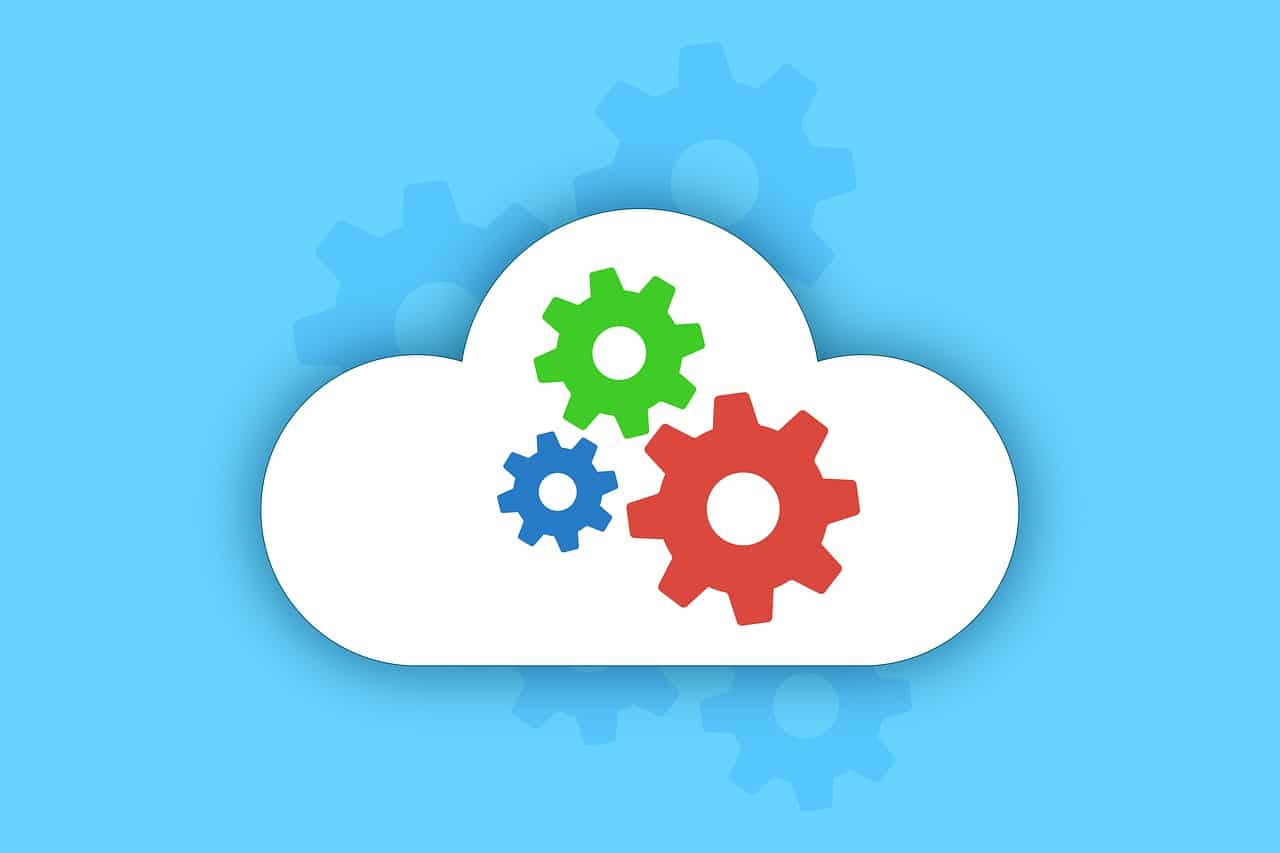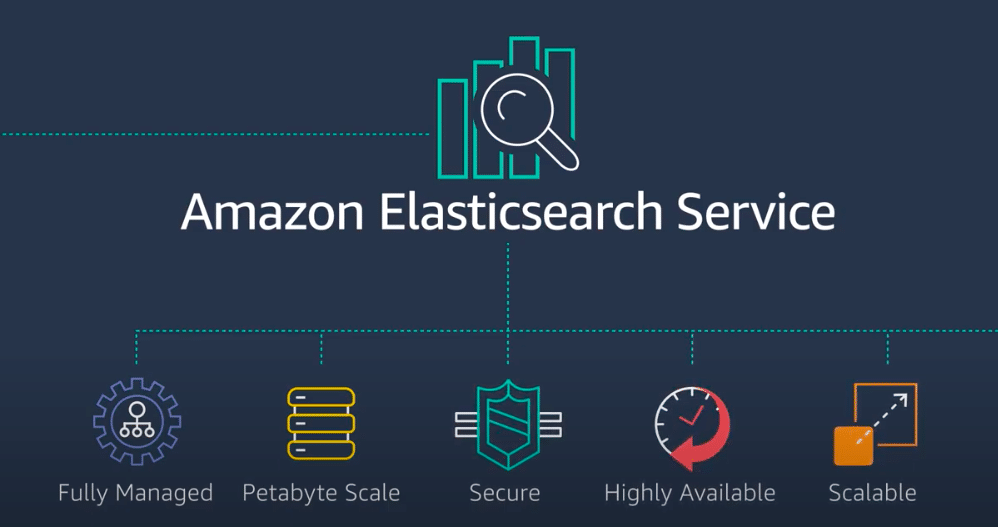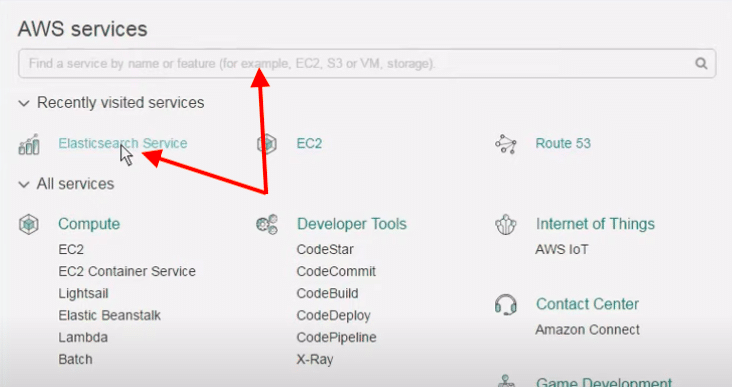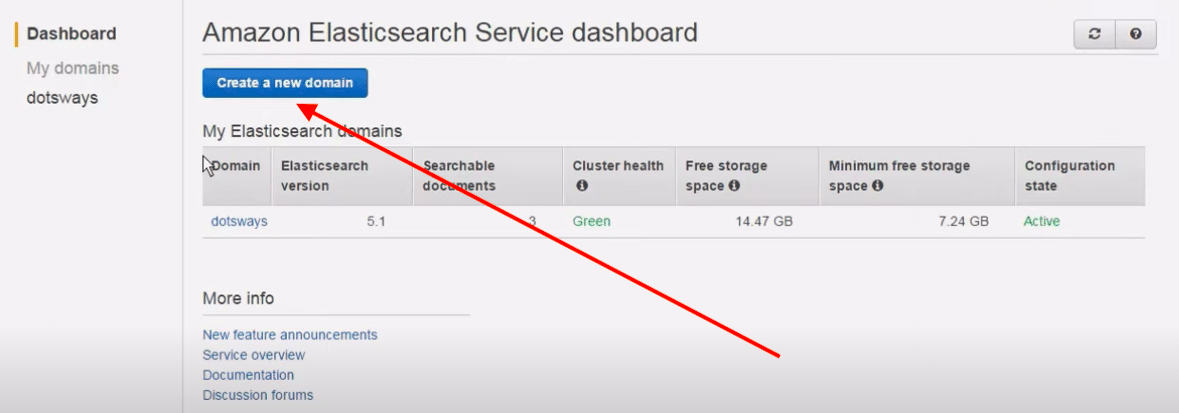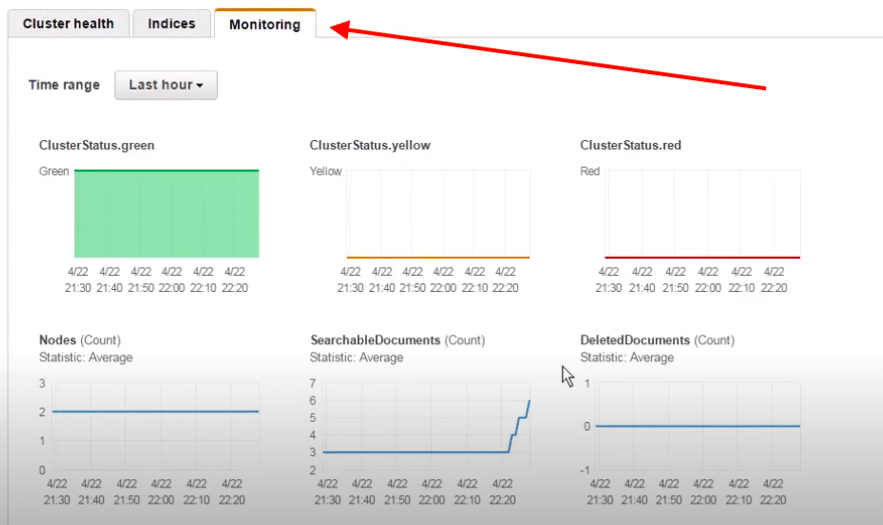Amazon Web Services is truly a globally renowned cloud computing and storage provider. The company leads the cloud computing service industry with well over 41% of the global cloud computing and storage market share, according to Statista.com.
According to figures and statistics from RapidValue.com, Amazon Web Services has well over 1 million active enterprise users. AWS offers its impressive cloud computing as a web-based service to its million+ users across 190 countries. The huge AWS cloud network consists of over 70 infrastructure services, more than 8,000 partner network members and 1,900+ third-party software products.
The immense popularity of AWS can be easily gauged when you consider that, AWS deploys 5 times more cloud infrastructure than its next 14 competitors combined. Daily, AWS adds the same number of new cloud infrastructures which it used to run 7 years ago. AWS has offered price discounts more than 60 times since it launched. On average, 1 out of 3 people who browse the internet end up at a website powered by AWS.
AWS’ EC2 Reserved Instance (RI) remained one of the most popular service plans for users but it has been overshadowed by the newer AWS Savings Plan.
Why avoid AWS Reserved Instances?
Now that you know the immense size of web-based cloud computing services provided by AWS, it’s time to take a look at which type of service plan will be best suited for you.
Amazon’s Savings Plan is a discounted pricing plan for Fargate and EC2 environments. Many experts believe the AWS Reserved Instance (RI) price discount model to be too complicated and often become a disadvantage too.
So, what is wrong with the AWS Reserved Instance model?
First off, reserved instances lack flexibility and users are required to commit to a specific instance for 1 or 3 years. As cloud computing is all about flexibility and efficiency it should provide users with numerous services and give the users the choice to turn the services on and off, as and when they need so that they are charged only for what they use. Although AWS allows users to resell unneeded RIs on the Reserved Instance Marketplace, as well as change the specifications of the instance, including its Availability Zone, the networking type and instance size. However, although these services are provided at a discounted rate, purchasing and managing RIs is extremely complex.
Why AWS Savings Plan is better than AWS Reserved Instances (RIs)?
Enterprise Discount Programs, known as EDP in short, are service subscription plans that provide enterprises a considerable discount.
The AWS Savings Plan is incredibly more efficient and cost-effective because it lets enterprises to get the most of the simplicity of the On-Demand pricing model while also providing the benefits associated with reserved instances (RIs) and EDP.
AWS offers its new Savings Plan through two types – Computer Savings Plans and EC2 Instance Savings Plans.
AWS Compute Savings Plan
Compute Savings Plan is applicable automatically, irrespective of the region, tenancy, family, size of the instance, etc. This plan is available for users under a one-year term and a three-year term plan. Compute Savings Plan is useful for Fargate and EC2 instances. It is considered as a hybrid between the AWS Enterprise Discount Program (EDP) and the popular Reserved Instances (RIs) discounted pricing model.
In simple words, users can commit to a predetermined amount of computing usage over the next 1 or 3 years to avail of heavily discounted rates for cloud computing web-based services. Unlike for Reserved Instances, under the Compute Savings Plan, the user does not have to commit to rigid services, including type or family of instance.
Highlights of AWS Compute Savings Plans:
- Very flexible
- Up to 60% off on hourly rates
- Allows changing family, region, size, tenancy, AZ or OS
- Applicable to EC2 and Fargate instances
AWS EC2 Savings Plan
The AWS EC2 Savings Plan restricts users to the same instance family in the same region. This plan is also available under a one-year or three-year term plan.
In other words, the AWS EC2 Savings Plans are very similar to the conventional Reserved Instance (RI) pricing models as it requires users to commit to a single type of instance family and AWS Region for the entire duration of the term plan. The only difference between AWS EC2 Savings Plan and Reserved Instance (RI) pricing model is that EC2 Savings Plan allows users to change the Instance Type but within the same family.
Highlights of AWS EC2 Savings Plans:
- Lower rate but less flexibility
- Can change usage within the same region and instance family
- Requires committing to a single instance family in the same region
Conclusion
As AWS Savings Plan offers the incredible flexibility synonymous with cloud computing in a significantly efficient manner, it makes the Savings Plan more feasible and better than the AWS Reserved Instance pricing model.

